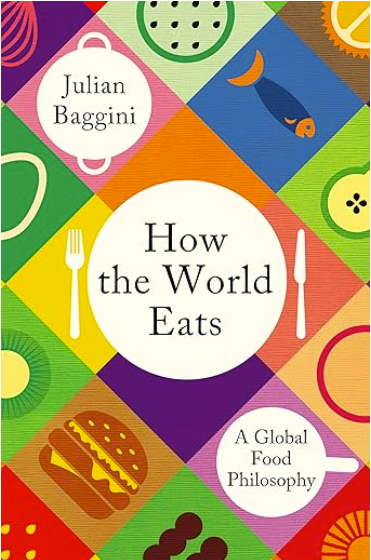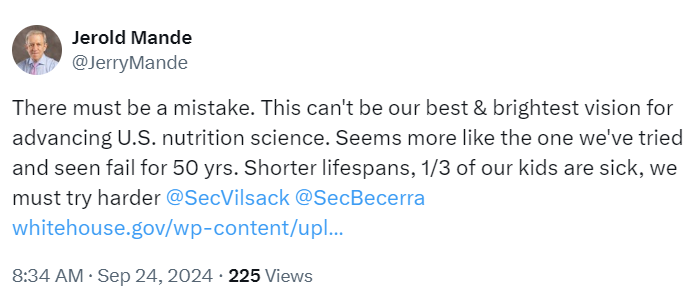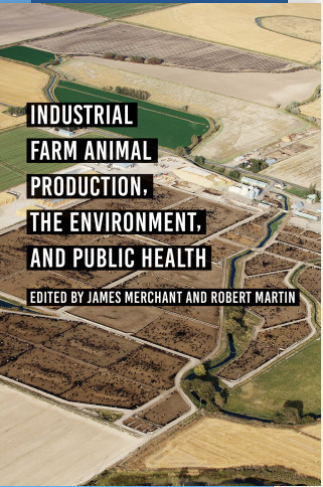The Farm Bill Expired: Now What?
Our hopelessly dysfunctional Congress did not pass a new Farm Bill in 2023, but granted a one-year extension to the 2018 bill. It has since been unable to pass a new one. The old one expired on October 1.
So what? For explanations, see:
- Market Intel: Here’s What Happens When the Farm Bill Expires.
- Congressional Research Service: Expiration of the 2018 Farm Bill and Extension for 2024.
The Farm Bill is a collection of a huge number of programs, each with its own funding authority and rules. (and lobbyists).
Its termination affects some programs , others not so much.
Market Intel lists programs shut down on October 1.
- International programs, such as the Market Access and Foreign Market Development Cooperator trade promotion programs and Food for Progress
- The Biobased Markets Program and Bioenergy Program for Advanced Biofuels
- Several animal health programs
- Programs for socially disadvantaged, veteran, young and beginning farmers
- The Specialty Crops Block Grants program
- The National Organic Certification Cost-Share program
Programs with permanent funding can pretty much continue. These include:
The big problem is with dairy and a few other commodity support programs. I know this seems unbelievable, but as of January 1, 2025, they revert back to “permanent law,” which means the 1938 and 1949 farm billls (!).
I have no idea why, but the permanent law makes the government pay a lot more for milk, honey, corn, and wheat than current support prices.
For example, the price for milk per hundredweight.
- July 2024: $22.80
- Parity: $65.90
- Permanent (75% of parity): $49.43
Market Intel says:
Purchasing cheese, butter and nonfat dry milk at multiples of the market price would be severely disruptive to markets, would badly distort pricing under the federal milk marketing order system and would undermine demand at home and abroad in return for very uneven benefits to farmers over a limited time. And the release of USDA stocks when permanent law is suspended again would depress markets for months.
Weird, no?
As I am on record as saying, the farm bill drives me insane.





